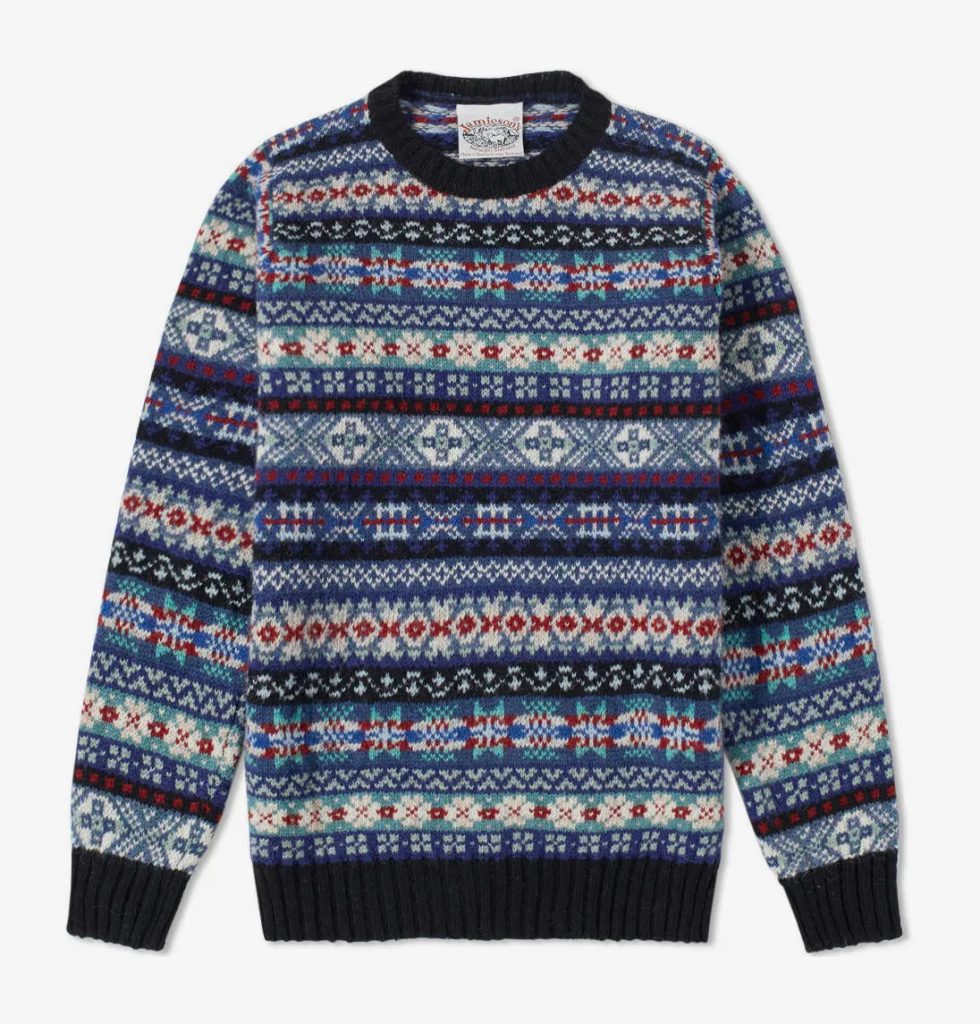How to store sweaters? Storing sweaters properly is essential to maintaining their quality, shape, and appearance.

How to store your sweaters in the best possible way:
1. Cleaning Prior to Storage
Before storing your sweaters for any extended period, it’s crucial to clean them thoroughly. This helps remove sweat, dirt, and body oils that can attract pests and cause stains over time. Always follow the care label instructions and wash or dry-clean as recommended.
2. Proper Drying
After washing, never hang your sweaters to dry as this can lead to stretching and distortion of the fabric. Instead, lay them flat on a clean towel or drying rack, reshaping them gently to their original form if needed.
3. Folding Method
Folding is the preferred method for sweater storage. To do this, first, fold one side of the sweater towards the center, then fold the other side so they meet neatly at the middle. Next, fold the bottom hem up to the neckline, creating a compact, square package. This technique minimizes creasing and prevents stretching along the shoulders.
4. Use Acid-Free Paper or Fabric Bags
Store folded sweaters in acid-free tissue paper or cotton garment bags. The paper absorbs moisture and helps prevent yellowing or discoloration, while breathable fabric bags allow air circulation to reduce the risk of mildew. Avoid plastic bags or containers because they trap moisture and can encourage mold growth.
5. Shelf Storage
Store folded sweaters on shelves rather than hanging them. If you have a dedicated sweater drawer, consider using dividers to keep each piece separate and avoid crushing. Wooden shelves are ideal as they allow air circulation and prevent dampness.

6. Layering and Separating
If stacking multiple sweaters, place a layer of acid-free paper between each one to prevent color transfer and snagging. For particularly delicate knits or cashmere, use felt hangers or cedar hangers and store them in a closet with moderate humidity levels.
7. Climate Control
Sweaters should be stored in a cool, dry, and dark place. Exposure to sunlight can cause colors to fade, and heat can damage fibers. Ensure the storage area has adequate ventilation to minimize moisture buildup.
8. Seasonal Rotation
Rotate your sweater wardrobe based on the seasons. As you transition from winter to spring, move your heavier sweaters to the back of your closet or into sealed storage containers, making room for lighter clothing.
9. Regular Inspection
Periodically check on your stored sweaters to ensure there are no signs of pests or moisture issues. Shake out the garments periodically to maintain their shape and fluffiness.
10. Moth Prevention
To protect against moths, use natural repellents like lavender sachets, cedar blocks, or balls. These not only smell pleasant but also deter moths without damaging the fabric. However, note that these methods need to be refreshed regularly for effectiveness.
By following these steps, you’ll ensure that your sweaters remain in excellent condition, ready to wear when the next cold season rolls around.

How to care for men’s sweaters
Caring for men’s sweaters properly is a key factor in maintaining their quality, fit, and appearance over time.
1. Reading the Care Label
Always begin by reading the care label attached to the sweater. This will provide specific instructions for washing, drying, ironing, and even storage that are tailored to the fabric composition.
2. Gentle Washing
When it comes to washing, use a gentle cycle or hand wash with a mild detergent designed for delicates. Avoid hot water as it can shrink woolens or damage delicate fibers. If possible, turn the sweater inside out before washing to minimize abrasion on the outer surface.
3. Soaking and Rinsing
For particularly soiled areas, pre-treat stains gently and allow them to soak in cold water before washing. After washing, rinse thoroughly to remove all soap residue which can cause stiffness and irritation.
4. Drying Techniques
Never wring out a wet sweater as this can distort its shape. Instead, lay it flat on a clean towel or drying rack to air dry naturally. reshape it gently while damp to restore its original form. Avoid direct sunlight or heat sources, as they can cause color fading and fiber degradation.
5. Ironing and Steaming
If needed, steam rather than iron your sweater to reduce wrinkles. Use a handheld steamer at a safe distance from the fabric, or place a slightly damp towel between the sweater and iron on a low heat setting. For knitwear, consider using a pressing cloth.

6. Storing Correctly
Store folded sweaters in a cool, dry, and well-ventilated area, preferably on shelves or in drawers lined with acid-free tissue paper. Do not hang heavy sweaters as gravity can stretch them out of shape over time.
7. Protection from Moths
To protect against moth damage, store sweaters in breathable cotton garment bags or containers with natural repellents like lavender sachets or cedar blocks. Regularly inspect stored items for any signs of infestation.
8. Rotation and Usage
Rotate wearing your sweaters to give them a rest between wears. Overuse can lead to faster wear and tear. Consider alternating between different pieces in your wardrobe to distribute the stress evenly.
9. Handling Pilling
Pilling is a common issue with sweaters. Use a lint roller or a special sweater comb to remove pills without damaging the fibers. Be gentle when removing pills and avoid pulling too hard.
10. Professional Cleaning
For high-end or particularly delicate sweaters, it may be best to have them professionally cleaned. Dry cleaning can be gentler on certain fabrics, but always check the care label first.
By following these guidelines, you can extend the life of your men’s sweaters, ensuring they remain comfortable, stylish, and well-maintained throughout the seasons. Remember, proactive care is always better than trying to repair damages after they occur.

Remember, the key to successfully pairing shoes with your cropped sweater is to maintain balance and harmony throughout your outfit. Consider the overall tone of your look – whether it’s casual, formal, or somewhere in between – and choose footwear that complements this theme while also expressing your unique style. When it comes to styling a men’s cropped sweater, selecting the right footwear is essential to round out your outfit and express your personal style.









